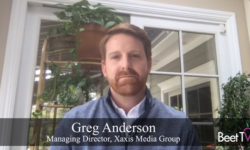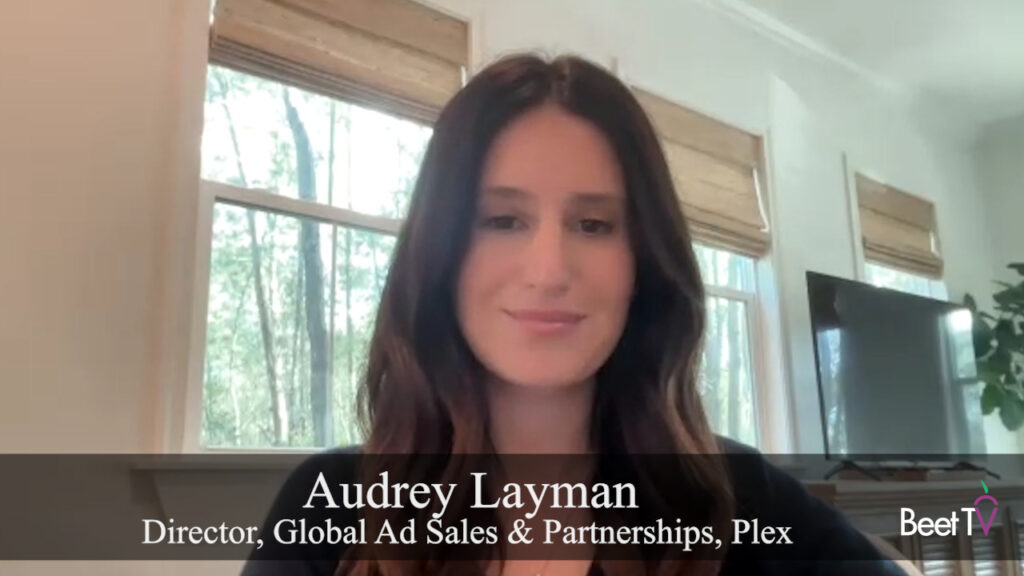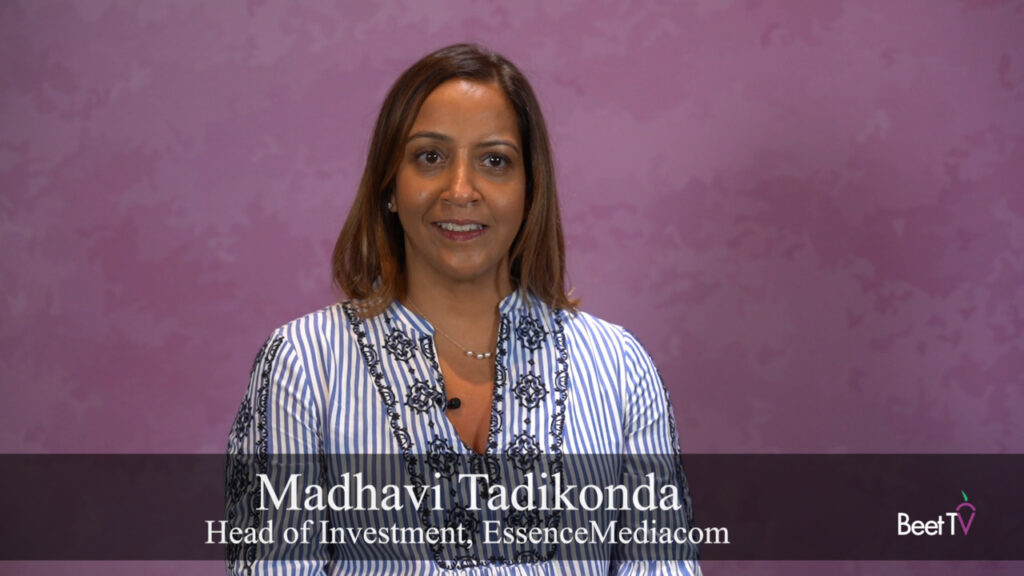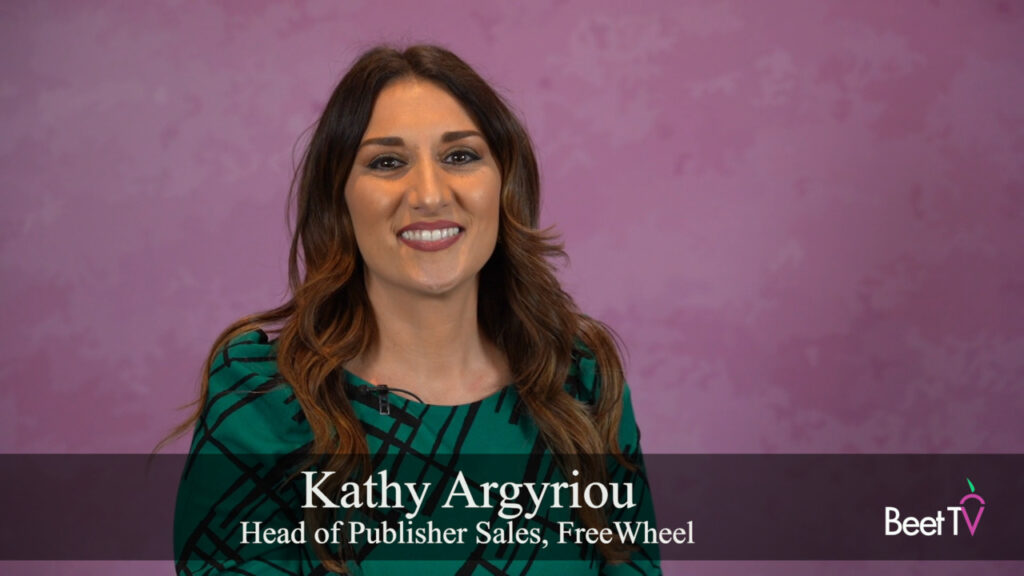Slowly but surely, publishers, broadcasters, agencies and industry bodies may be changing the minds of advertisers who, at the start of the COVID-19 pandemic, pulled spending from news.
Back in March, many advertising buyers began using keyword blocking tools to swerve virus-related stories, or simply stopping advertising in news altogether, believing it to be too negative to be “brand-safe”.
But Integral Ad Science (IAS) research has shown how many audiences actually crave coronavirus news and don’t penalize brands for adjacency to it, whilst organizations like the 4As, Digital Content Next and the IAB have sought to educate brands.
Suitability beats safety
In particular, the 4As recently published a cross-industry position paper declaring: “The overwhelming majority of news content is brand safe—if not necessarily suitable—for brands and advertisers. Large, wide-ranging blacklists are both excessive and infrequently updated, and often counterproductive.”
It is part of initiatives to tell marketers – news is brand-safe, but particular kinds of news may or may not be suitable for different marketers.
In the latest few weeks, CNN has rediscovered advertisers that had previously clammed up.
“(Some of) the brands coming to us … previously had a stated ‘no news’ policy,” says Christine Cook, SVP of WarnerMedia and chief revenue officer of CNN Digital.
“We are working with the 4As and a lot of our clients to either put them contextually against content that is appropriate for their message or using technology like SAM, our Sentiment Analysis Monitor that we launched a little over a year ago, to either target away from contextually appropriate content that’s inappropriate for them, or target toward positive sentiment.”
Today at 2pm ET! Our #BusinessAsUnusual webinar on Brand Safety with @GroupMWorldwide’s Joe Barone, @nytimes’ Allison Murphy & @tag_today’s Mike Zaneis (and read the recent Brand Suitability paper: https://t.co/xM5uRv5K9d).
Register for the webinar: https://t.co/MB6waw8JWW pic.twitter.com/bu1EAjb593
— 4A's (@4As) May 5, 2020
Context is critical
That last piece, context, may be the development which unlocks the more nuanced understanding of “brand suitability” that publishers are aiming to deliver.
Semantic analysis software running in a growing number of ad platforms can peer deep in to the inner meaning of content, making it available as richer indicators to buy ads against.
That can mean the difference between signalling a COVID-19 story about death counts and one about community human-interest stories.
In Cook’s case, CNN is having to offer that capability across a splintering array of devices – made more challenging by audience patterns exacerbated by COVID-19.
“Now that everyone’s sharing a household, people are looking at all of the channels, because not everyone can fit in that one place where they maybe used to go before,” she says.
Changing approach
Finding a way to make advertisers comfortable with news is critical, because news organizations have been walloped by declining ad revenue and diminishing ad rates during the pandemic.
CNN has been match-funding purpose-driven digital ad buys and committing further TV inventory to public health campaigns.
“The importance of news, generally, I believe is very high,” Cook says. But, at this moment, the trust that consumers have in us and the role that we play in getting information to them … is inextricably tied to politics.
“That service journalism has created an opportunity for us to provide service advertising.”
When news breaks, audiences turn to CNN:
• 184M unique U.S. visitors in March (70% of total U.S. internet audience)
• 173M U.S. unique visitors in April
• 259M global unique visitors in MarchThank you for trusting us when it matters the most.https://t.co/aJBVC8kHbi pic.twitter.com/6fn5Aw1J1b
— CNN Communications (@CNNPR) May 15, 2020
This video is part of a series titled Brand Suitability at the Forefront, presented by Integral Ad Science. For more segments from the series, please visit this page.








































